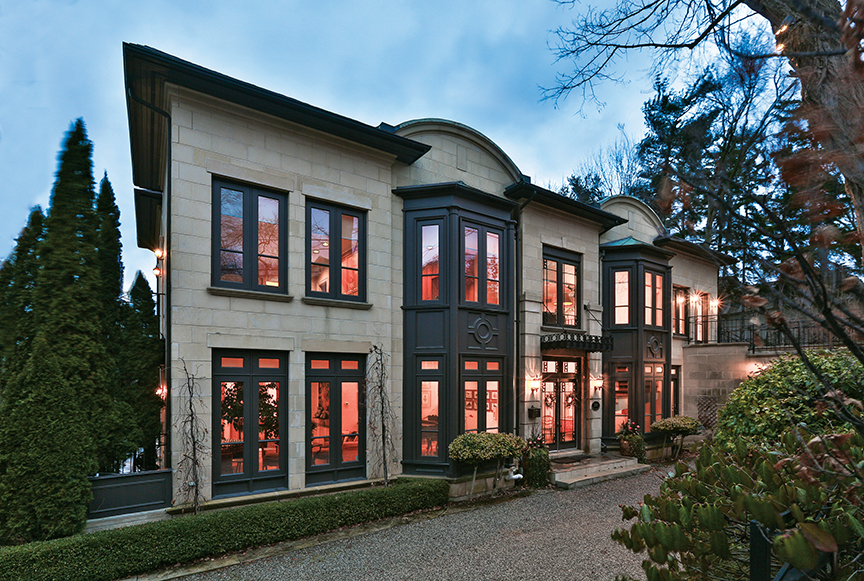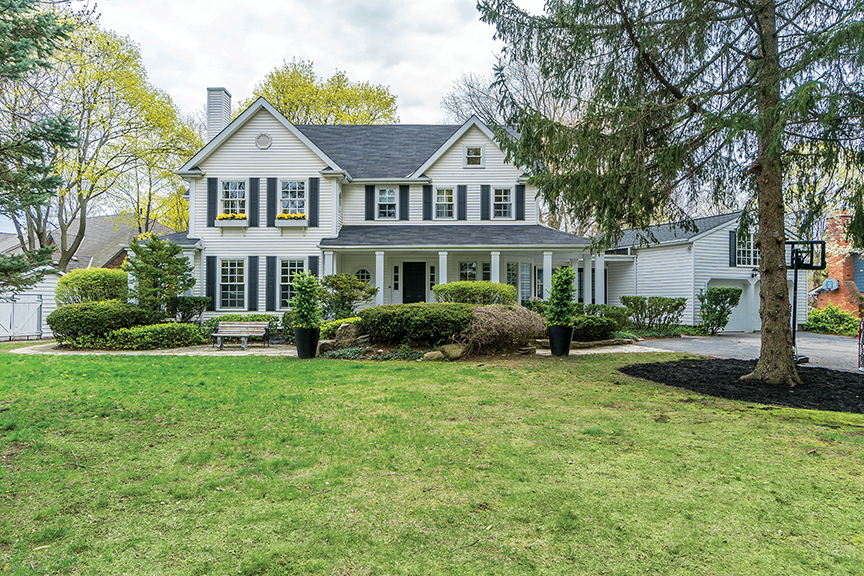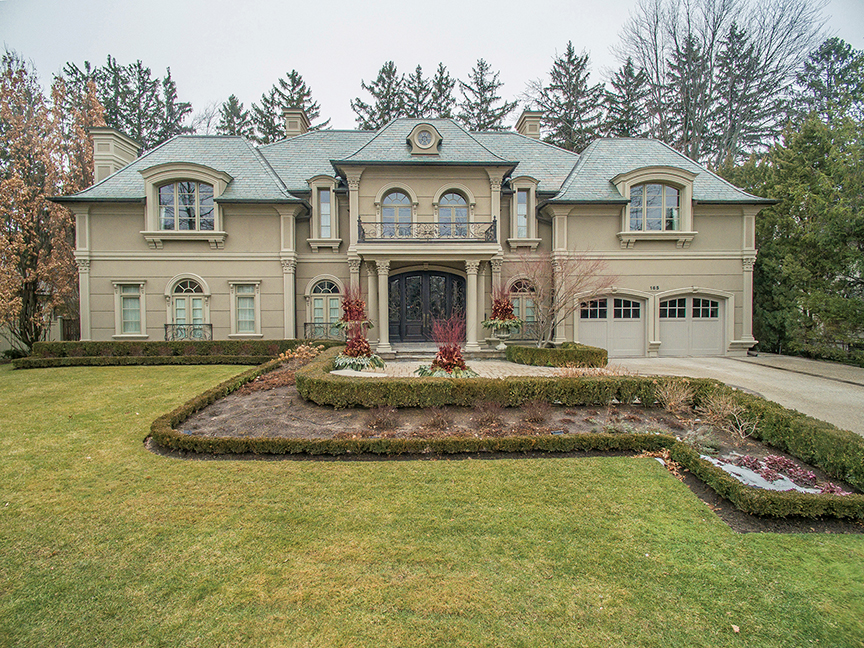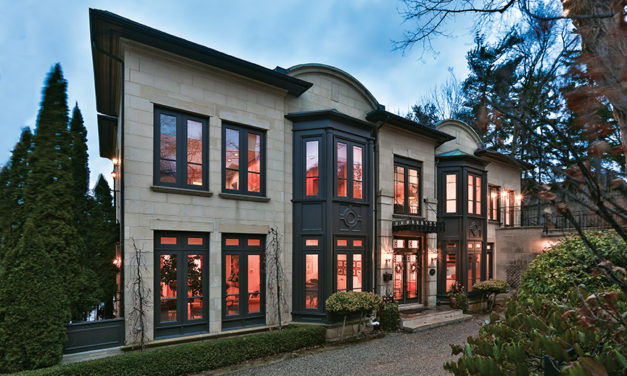Despite recent financial and economic adversity, Canada has become a real estate hot spot that entices both national and international buyers.
By Kristen Ordonez

This villa-inspired residence in Toronto’s Hoggs Hollow sold for $5.525 million. It offers ravine views and multiple walk-outs to an expansive slate terrace and pristine landscaped gardens.
Photo courtesy Barry Cohen
Buyers are continuing to invest in luxury Canadian real estate and making competition fierce, according to Broker Barry Cohen for RE/MAX Realtron in the Greater Toronto Area. Cohen, as well as other agents within Canada, affirm that the success of these markets are mainly due in part to foreign investors, particularly from mainland China.
“They are singularly focused on the quality of life,” Cohen states, focusing on family safety, top-rated schools and real estate opportunities focused on asset growth. Due to this heightened interest, development and rebuilding projects have changed as well. In-fill housing has become more prominent within Toronto and nearby areas in efforts to appeal to Chinese investors, to “satisfy their need for ‘the new’ and then build to the maximum amount they can,” Cohen says.
Sam McDadi, agent and sales representative for Sam McDadi Real Estate Inc., also finds that people are looking for real estate within the Greater Toronto Area more frequently after changes within the economy. “Our Canadian dollar has been devaluated in recent years, making our real estate even more attractive to foreign buyers,” said McDadi. Regardless of this, McDadi believes that there is a healthy equilibrium of supply and demand of luxury homes. “It’s a balanced market and there is enough inventory to satisfy luxury clienteles,” he says.
In general, these agents agree that the amenities are really what attract people to Canada. In Alberta, Mark Evernden, president of sales for Engel & Völkers Alberta, notes that the Rocky Mountain views and skiing tend to bring people to Calgary. He notes the resort town of Banff specifically, a global international destination that is known for hiking, camping and world-class ski resorts.
In Mississauga and Oakville, McDadi highlights a variety of community and cultural comforts that are present and entice potential buyers. Both cities offer world-class restaurants, vibrant art communities and living arts centers, and Lake Ontario. “Living in south Mississauga or Oakville allows homeowners the privilege of being in close proximity to Toronto, one of the cleanest and safest world-class cities in the world,” says McDadi.


Left: Offering a finished basement and a dream kitchen with a built-in wine cooler, this Oakville home sold for $2.39 million. Right: This dramatic $5.888 million home in Oakville recently sold, featuring 10,700 square feet, a Scarlett O’Hara-style staircase and a dining room with a 20-foot domed ceiling. Photos courtesy Sam McDadi
Earlier this year, the Ontario government implemented a 15-percent foreign buyer’s tax to “cool down” an inflated housing market in the Greater Toronto Area. This tax is similar to a 15-percent tax that was applied to the British Columbia housing market, mainly in the Metro Vancouver Area. Both measures were made in an effort to bring down housing prices for all. Prices and sales did drop slightly toward the end of 2016 and the second quarter of 2017, but eventually rose back up at a steadier pace, reflecting stable, healthy markets across the country.
According to The Royal LePage National House Price Composite, the price of a home in Canada increased 13.3 percent year over year in this third quarter. Along with this, the median prices of different housing options, from two-story homes to bungalows to condominiums, have grown between 9.5 to 15.2 percent.
In Alberta, Evernden opened his branch two and a half years ago to appeal to the luxury market. He notes that although resources have been depleting within the oil industry, the luxury division has rebounded and commercial leasing in the downtown market is running upwards. “We are in a stable position, and anticipation of [total] recovery won’t be for another year,” Evernden says.
In Mississauga and Oakville, the entry price point for a home is about $3 million, according to McDadi, and typically features about 4,500 square feet of living space. In the York Mills area of Toronto, Cohen notes that the average luxury home is priced between $7 million to $10 million with about 6,000 to 7,000 square feet. Within the Calgary market, a new home has a $1.5 million to $1.8 million average price point. Homes at the top of the spectrum offer even more, from the $25 million listing in Alberta with 2 private lakes to the $35 million listing from Barry Cohen with 30,000 square feet and a tennis court on the river’s edge.




Leave a Reply